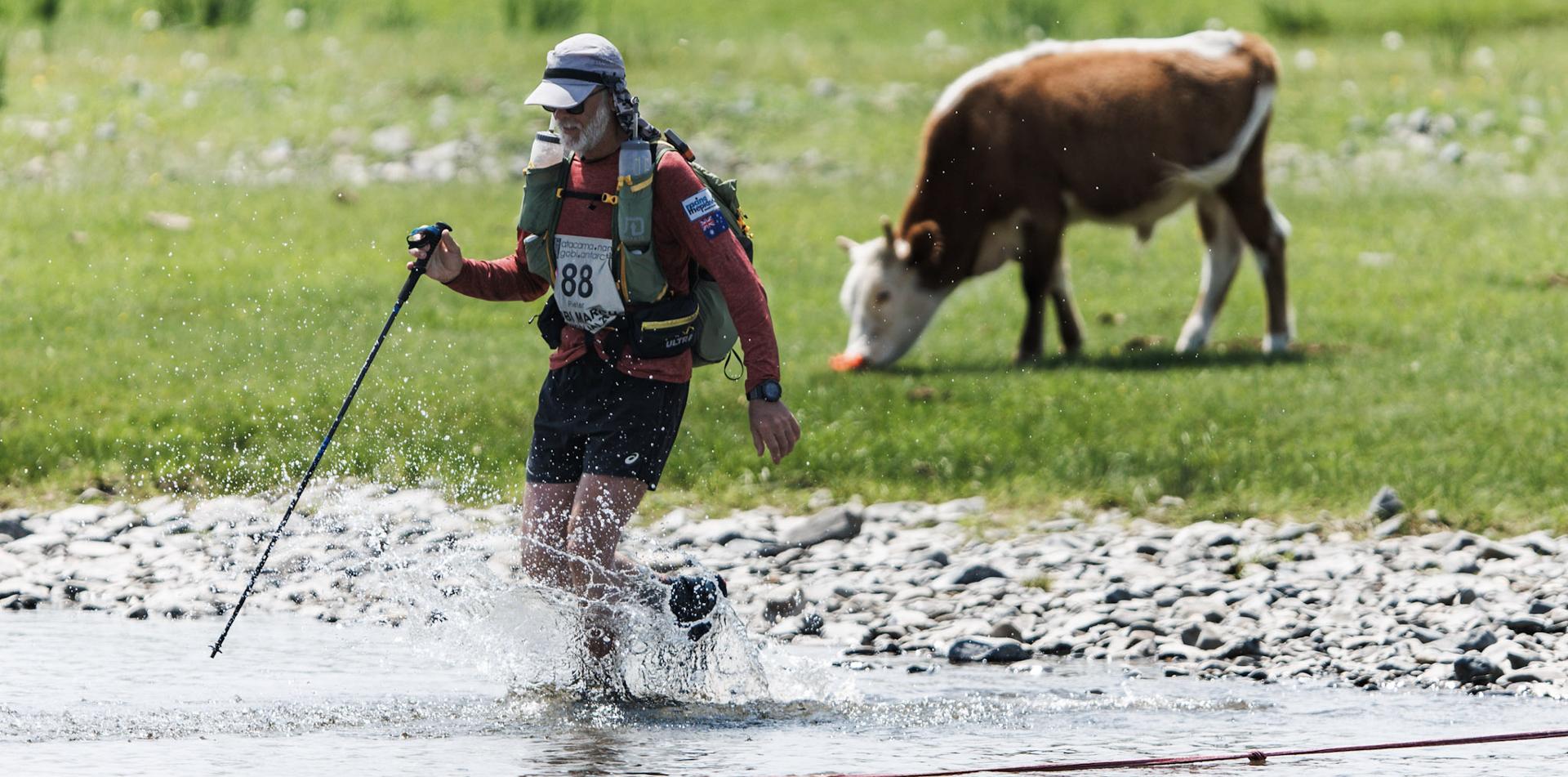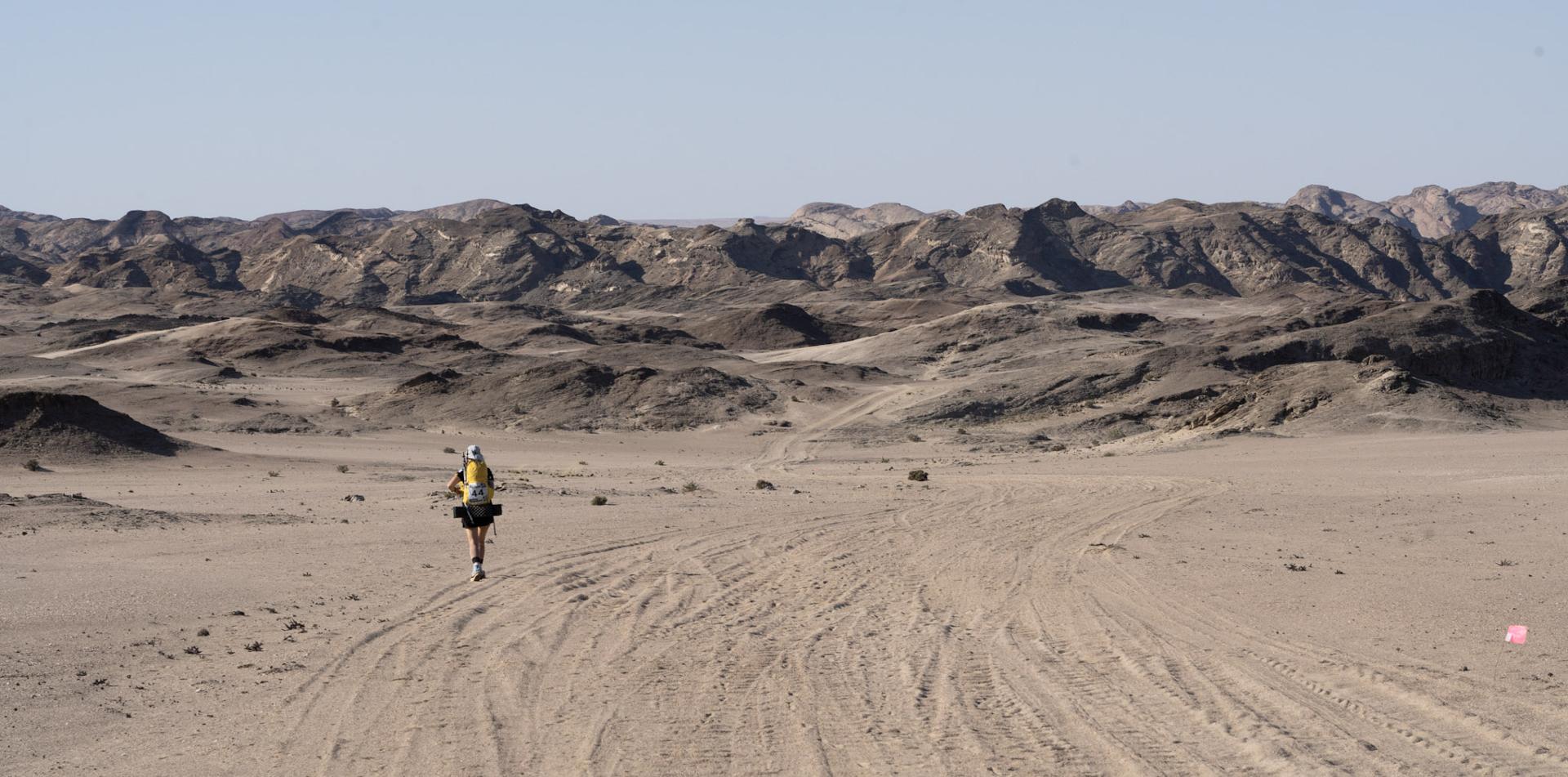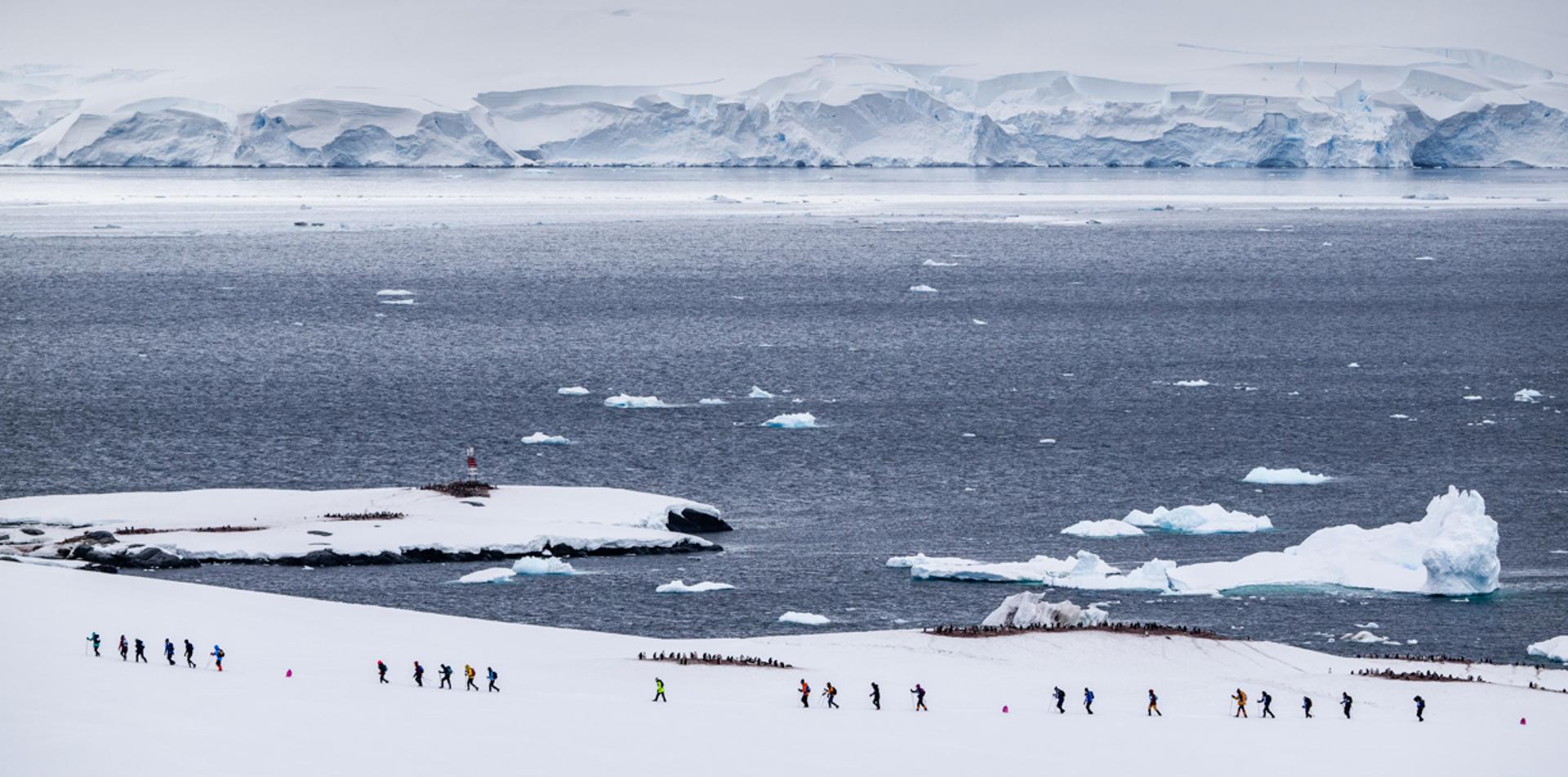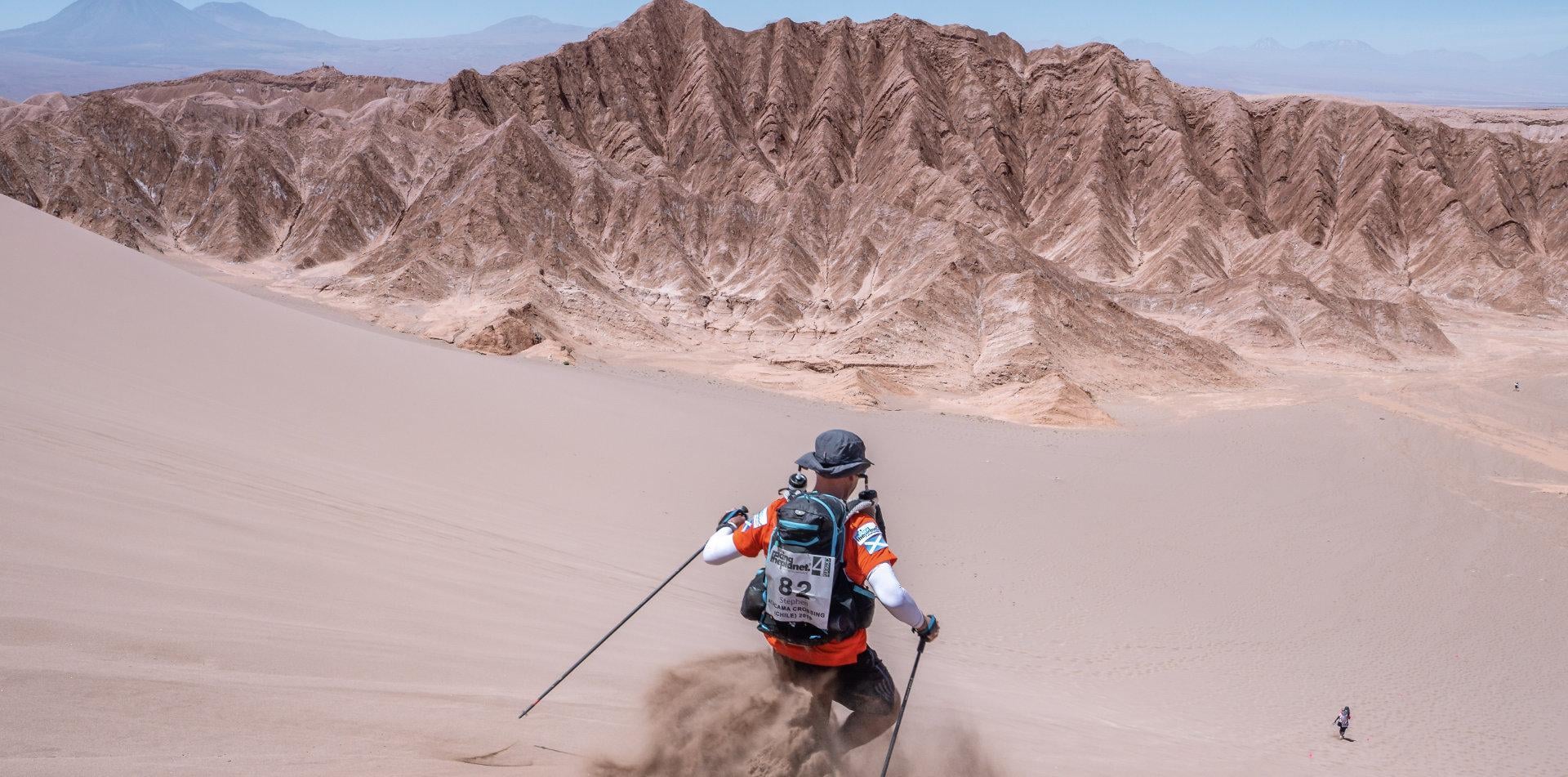Races: Gobi March (China) 2005, Sahara Race (Egypt) 2005, Atacama Crossing (Chile) 2006, Gobi March (China) 2006.
Researchers: Brian J. KRABAK, Brandee WAITE, and Melissa A. SCHIFF.
Publication: Medicine Science Sports and Exercise. 2011 Dec;43(12):2314-20
Abstract:
Purpose:
This study aimed to describe injury and illness rates in runners competing in 7-d, 250-km off-road ultramarathon events.
Methods:
Three hundred ninety-six runners competing in the RacingThePlanet 4 Desert Series ultramarathon races from 2005 to 2006 were prospectively followed. Descriptive analyses were used to evaluate overall injury/illness rates, types of injuries/illnesses, and diagnoses for all medical encounters. Multivariate linear regression was used to estimate the risk of number of injuries/illnesses and 95% confidence intervals associated with age, sex, and race completion time.
Results:
Eight-five percent of runners representing a total of 1173 medical encounters required medical care. The overall injury/illness rates were 3.86 per runner and 65 per 1000-h run. Almost 95% were minor in nature, owing to skin-related disorders (74.3%), musculoskeletal injuries (18.2%), and medical illnesses (7.5%). Medical illnesses were more likely on the first day of the race, whereas musculoskeletal and skin injuries were more likely on day 3 or 4. A 10-yr increase in age was associated with 0.5 fewer injuries/illnesses, and females had 0.16 more medical illnesses compared with males.
Conclusions:
Despite the extreme nature and harsh environments of multiday ultramarathon races, the majority of injuries or illnesses are minor in nature. Future studies are needed to evaluate additional factors contributing to injuries.
Click here to download the paper.







 Newsletter
Newsletter
 Online Store
Online Store






